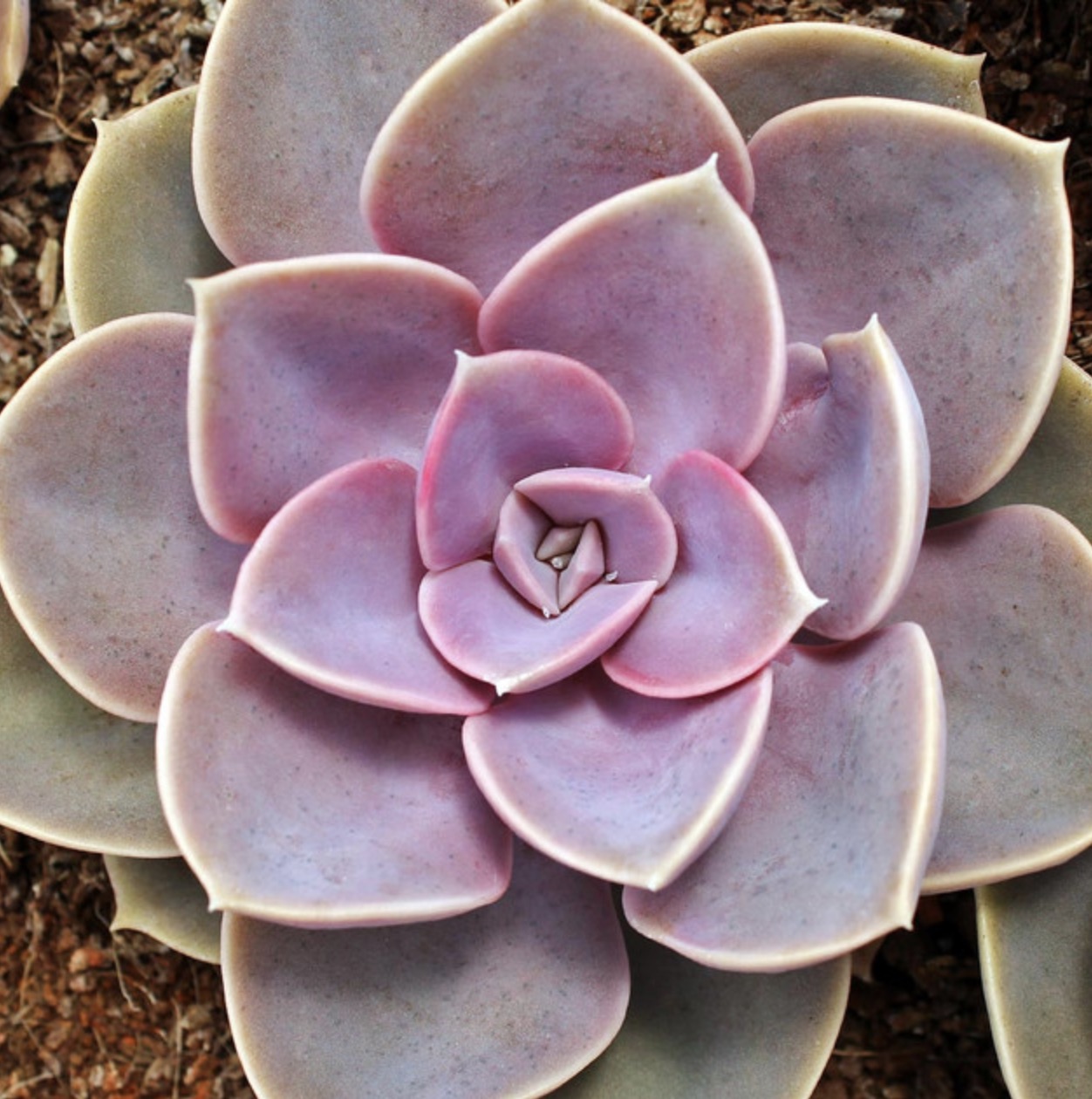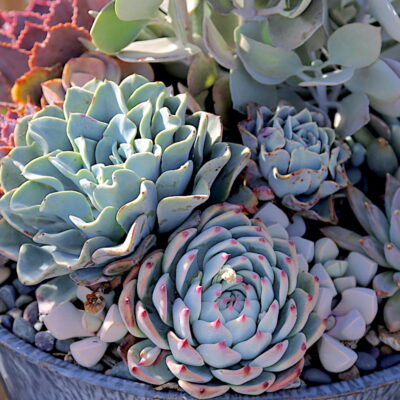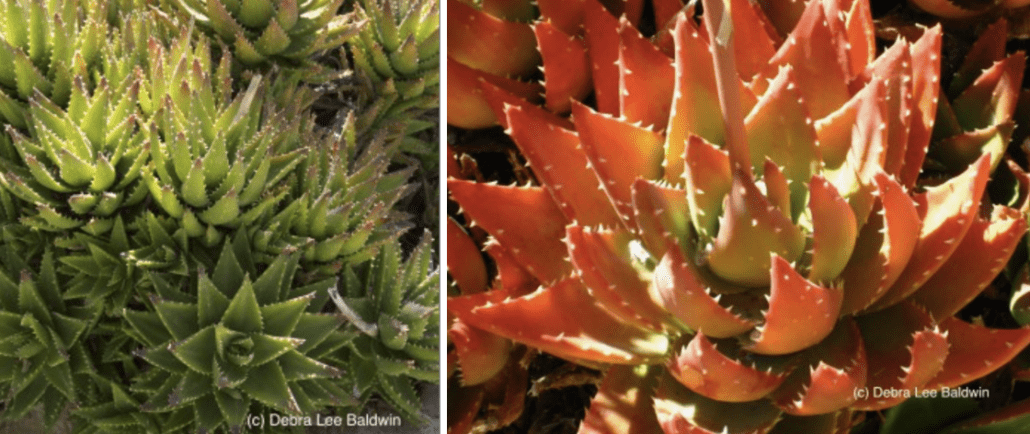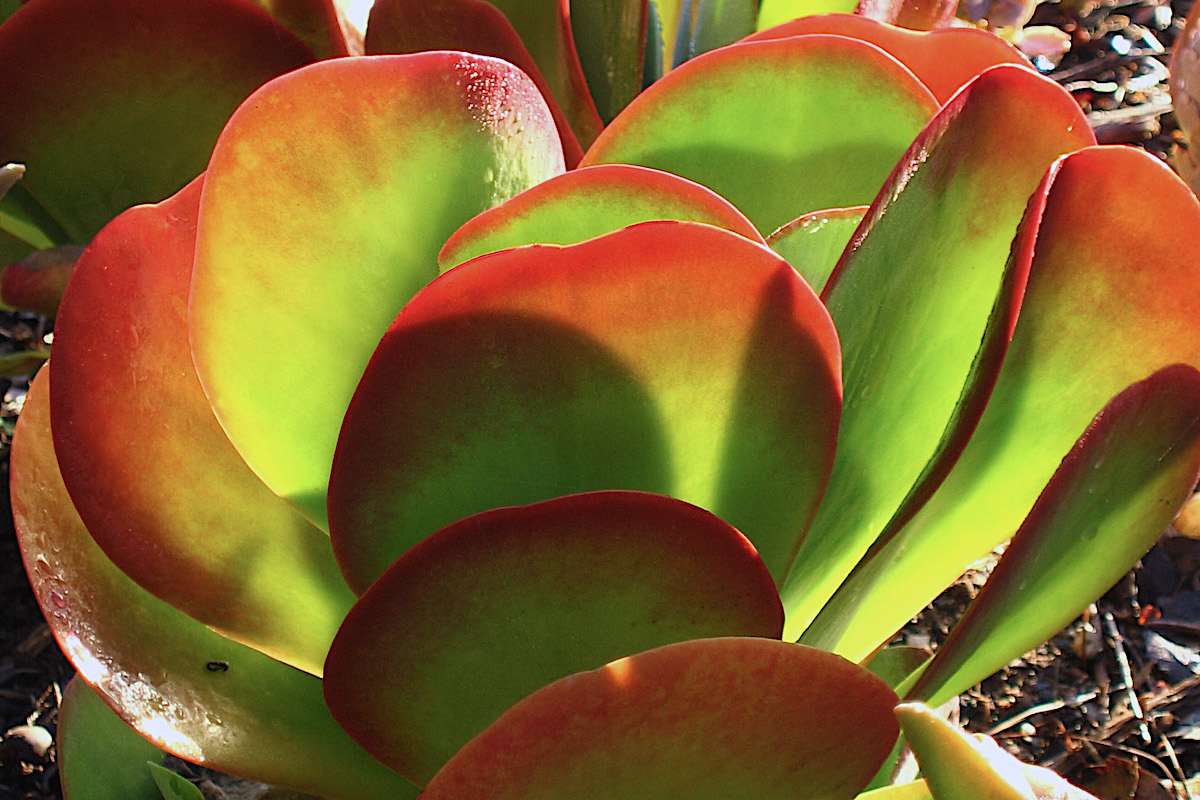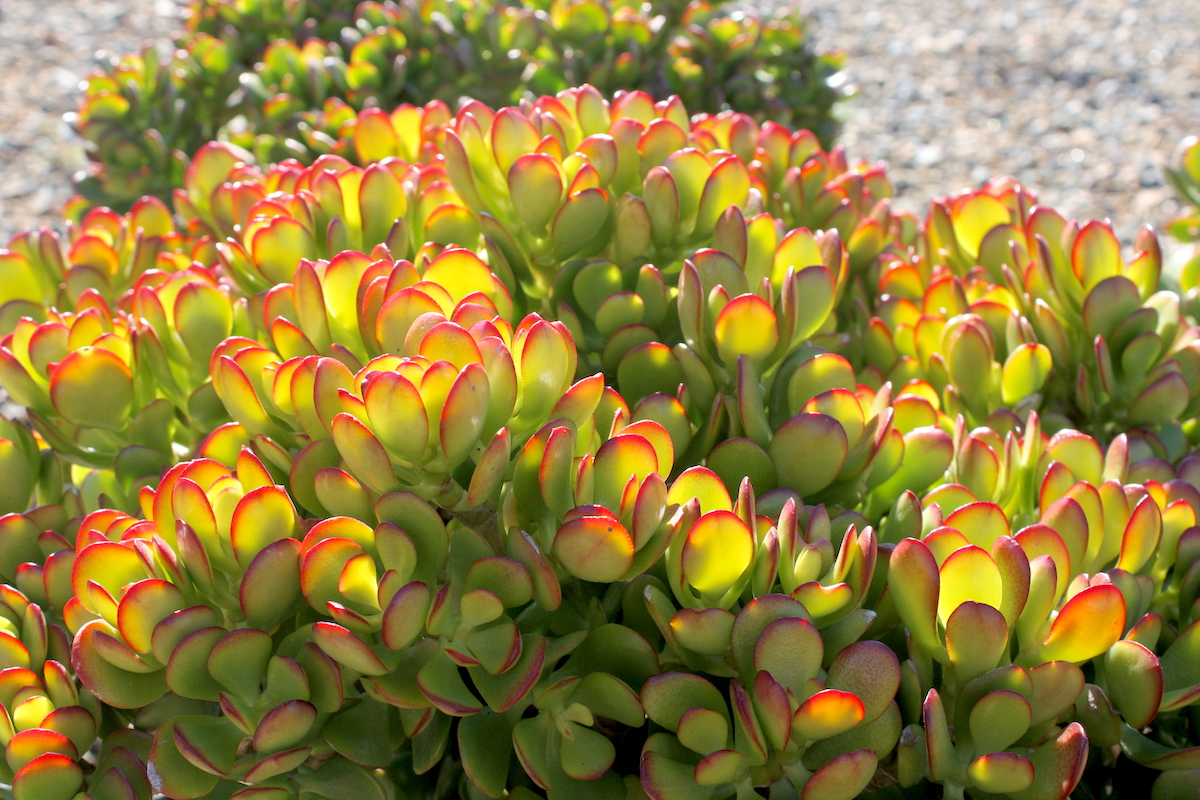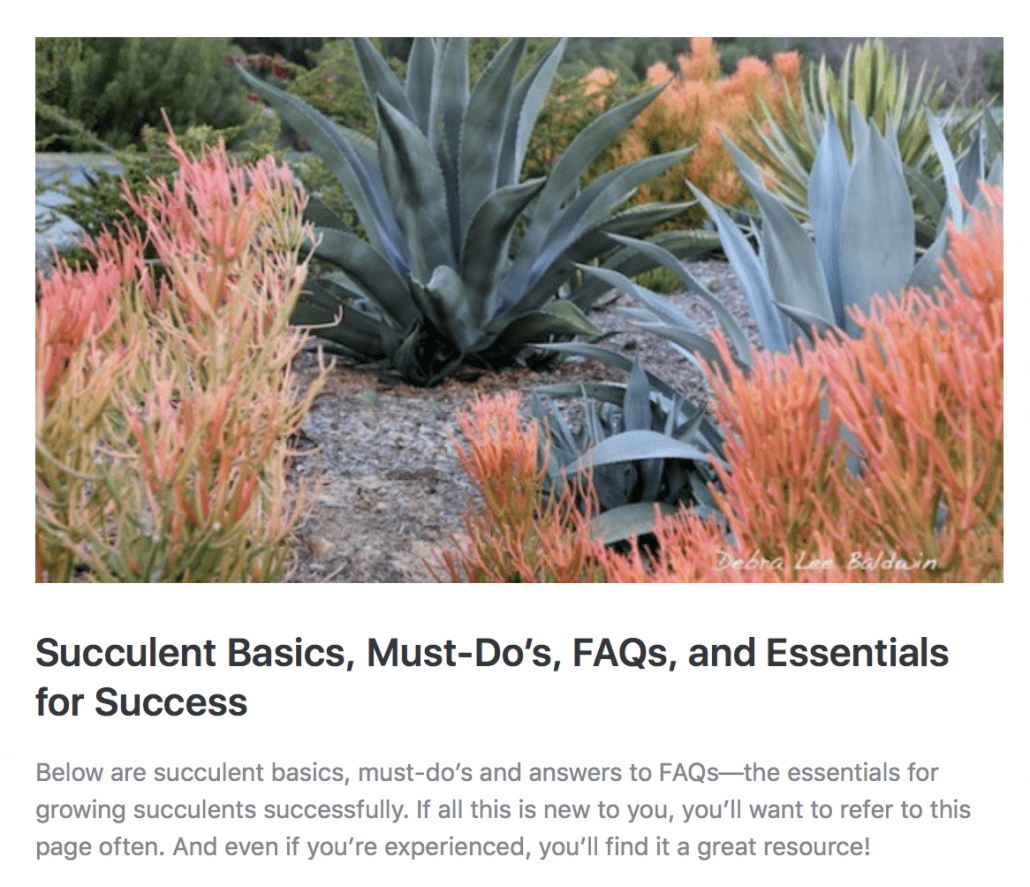Sorry, Food Network, you got it wrong. The succulents that a Holiday Baking finalist sculpted from frosting are not "desert roses"---that's Adenium obesum. Hers were echeverias. Here's why.
Contestant Aishia Martinez, a finalist on TV Food Network's "Holiday Baking Championship" Season 9, referred to the succulents she fashioned to decorate a chocolate tart as "my favorite succulent, the desert rose." This likely sent thousands of viewers to the Internet to learn more about such stunning plants, which on Aishia's confection resemble thick-leaved, blue-gray roses.
Aishia is a creative, competent and likable baker, and the Food Network happens to be my favorite channel. I do hope she and the producers forgive me for correcting a minor error: "desert rose"---which is uncommon because it's tricky to grow---looks entirely different from the decorations she created.
The delicate, trumpet-shaped flowers of Adenium obesum are bright shades of red or pink, never blue-gray. Adeniums form branching shrubs with bulbous trunks, slender green leaves, and five-petalled flowers that resemble plumerias. The plants are native to Southern Africa and the Arabian Peninsula, and (sorry, Food Network), happen to be poisonous.
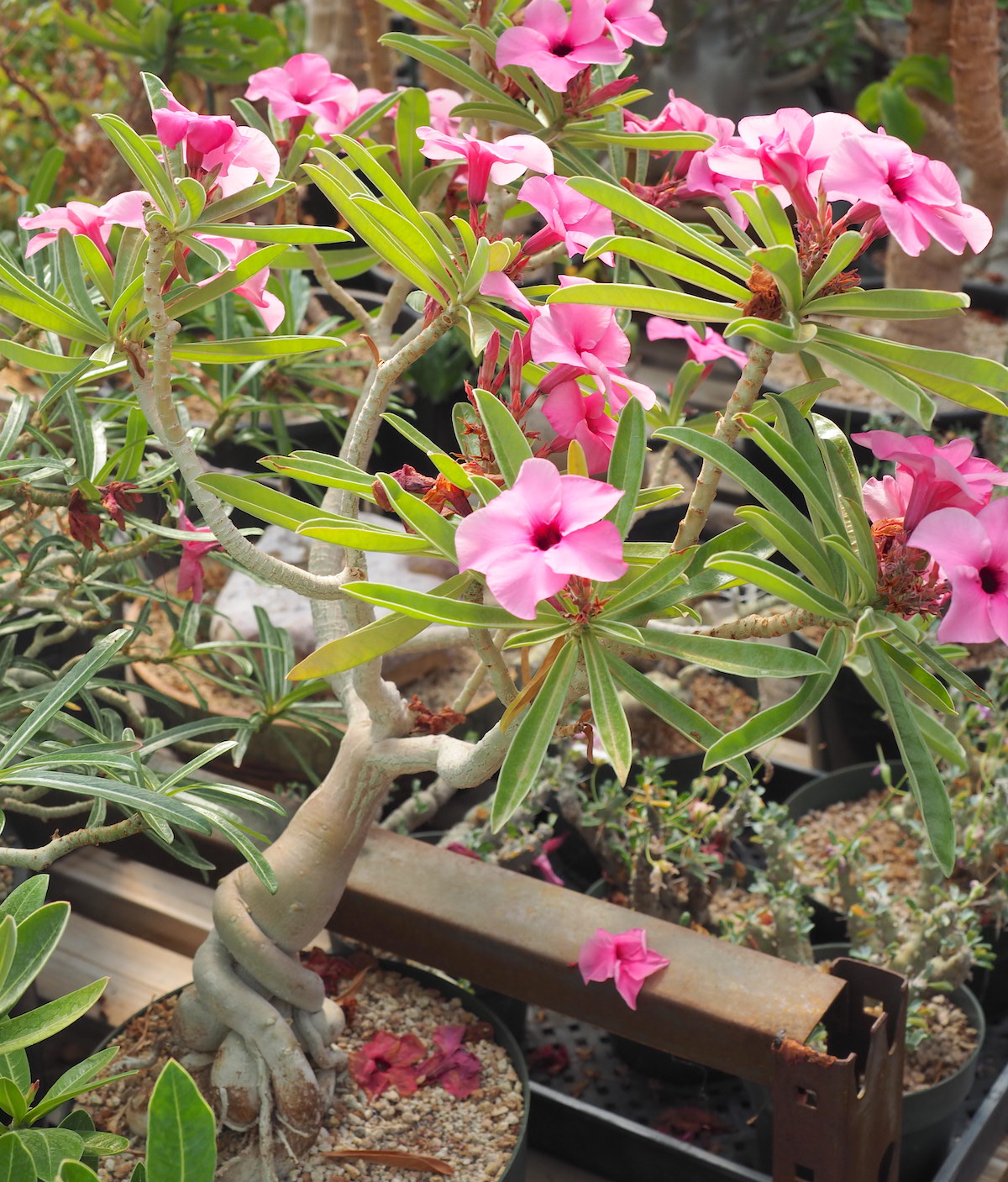
Adenium obesum (desert rose succulent)
What Aishia no doubt meant are different, highly popular succulents that do indeed resemble roses and come in the colors she chose. These do not, however, grow in deserts but rather are native to the mountains of Mexico.
There are hundreds of species and cultivars of Echeveria, but two in particular look like Aishia's edible decorations: Echeveria shaviana and Echeveria 'Perle von Nurnberg'.

Echeveria shaviana (Photo: Mountain Crest Gardens)

Screen shot from Holiday Baking Championship, Season 9 finale
There! This may be the only site with the correct info, for those of you who have been searching, searching...and not finding. If so, welcome. You've arrived at the Internet's most comprehensive, non-commercial website dedicated to succulents with an emphasis on design. Feel free to settle in, browse a bit, and leave your comments or questions.
And Aishia, if you happen to stop by, please accept my admiration and applause.
P.S. I'm hopeless at baking.
Related Info on This Site
Echeveria Info, Photos & Varieties
Echeveria Info, Photos & Varieties How to grow echeverias perfectly, plus an extensive gallery, all ID’d See All Succulent Types Aeonium Agaves Aloes Cactus Crassula Echeveria Euphorbias Ice Plants Kalanchoe Portulacaria Senecio About Echeverias Here you’ll find expert advice to help you grow echeverias perfectly, with a gallery of 150+ beautiful, notable species and cultivars.…
The post What’s the “Desert Rose Succulent” on Holiday Baking Championship? appeared first on Debra Lee Baldwin. Copyright © Debra Lee Baldwin.
from Debra Lee Baldwin https://ift.tt/ylXB0f2
via IFTTT


